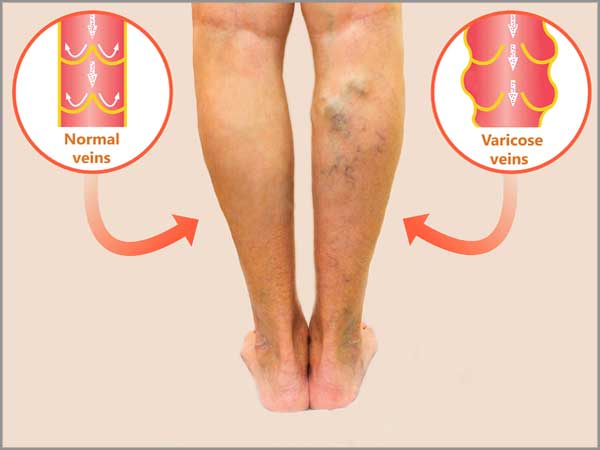Varicose Veins Stripping

Varicose vein stripping is a surgical procedure designed to address varicose veins, which are swollen, twisted veins that commonly occur in the legs or thighs. These veins appear blue or red beneath the skin and often cause discomfort or pain, particularly when standing. Varicose veins develop when the valves within the veins weaken or become damaged, allowing blood to pool and the veins to enlarge.
Varicose vein stripping is recommended for individuals experiencing symptoms such as:
- Chronic leg pain or throbbing.
- Skin ulcers or sores.
- Bleeding or blood clots in the veins.
Pre-Procedure Assessment: Prior to the procedure, a thorough evaluation is conducted, including:
- Physical examination to identify damaged valves and assess vein condition.
- Diagnostic tests such as handheld ultrasound or duplex scan for detailed vein imaging.
- Review of current medications to avoid potential bleeding risks during surgery.
Procedure Details: The varicose vein stripping procedure typically involves the following steps:
- Administration of anesthesia: Patients may receive general anesthesia to sleep throughout the procedure or spinal anesthesia to numb the lower body while remaining awake.
- Incision placement: Multiple small incisions are made near the damaged veins and in the groin area.
- Vein access: A thin, flexible plastic wire is threaded into the vein through the groin incision and then pulled out through the lower leg incision.
- Vein stripping: The varicose veins are stripped or removed using the plastic wire, and any remaining veins are ligated.
- Incision closure: Incisions are closed with sutures, and bandages or compression stockings are applied to the legs.
Post-Procedure Care: After varicose vein stripping, patients can expect the following care instructions:
- Recovery period: Recovery typically takes 2-4 weeks, depending on the extent of the procedure.
- Symptom management: Patients may experience swelling, bruising, and pain, which can be managed with prescribed pain medications.
- Compression therapy: Legs may be wrapped with bandages for several days to weeks to control swelling and promote healing.
- Activity restriction: Patients are advised to avoid prolonged standing and keep their legs elevated while sitting to reduce swelling.
Risk Factors: While varicose vein stripping is generally safe, there are potential risks and complications, including:
- Allergic reactions to anesthesia.
- Infection at the incision sites.
- Heavy bleeding or blood clots.
- Bruising or nerve injury.
